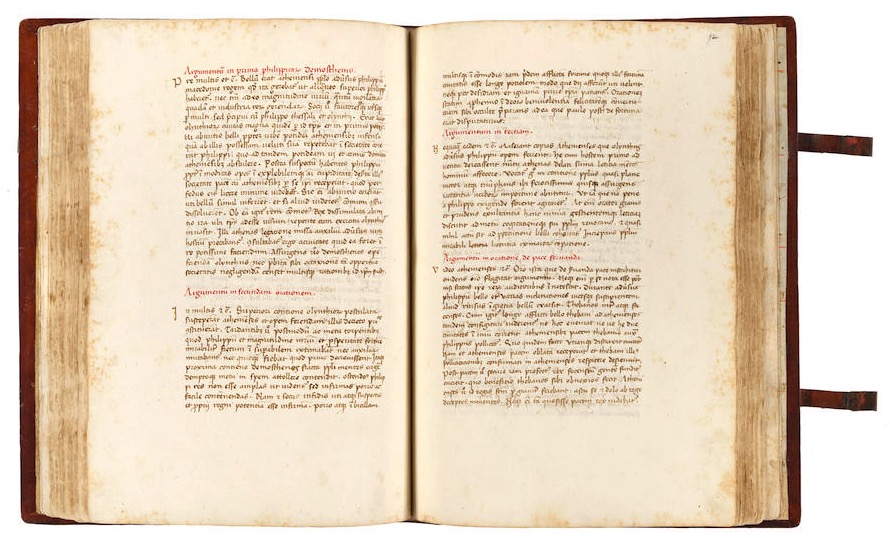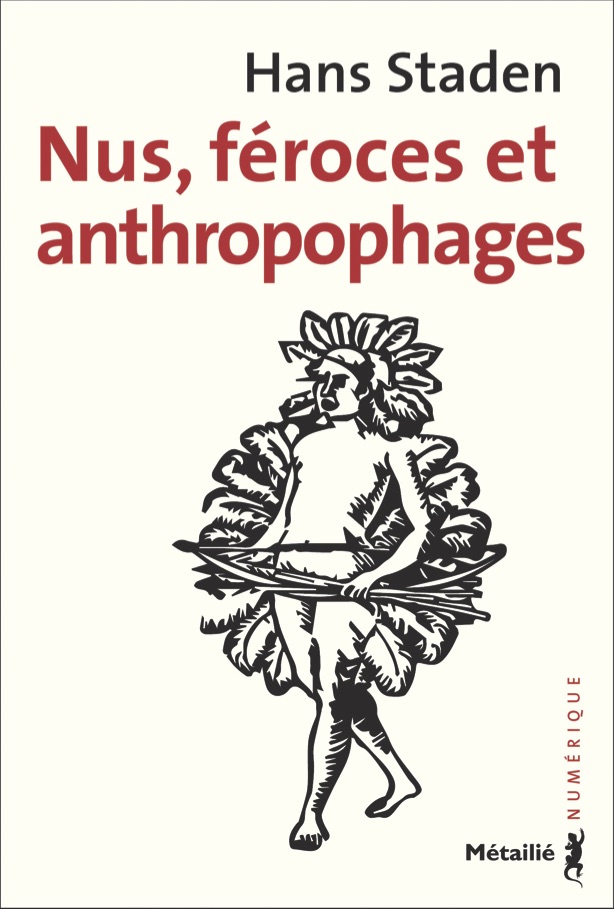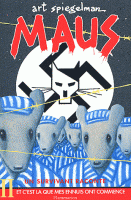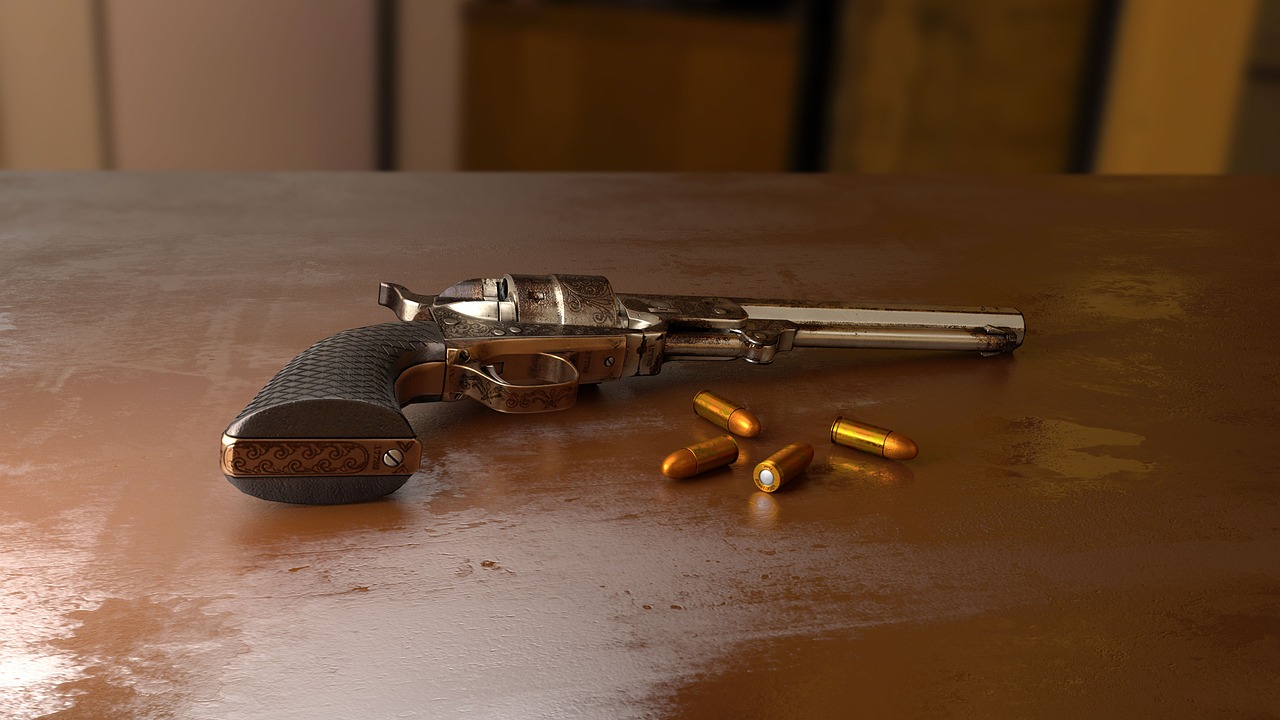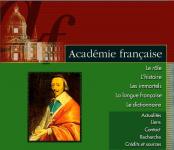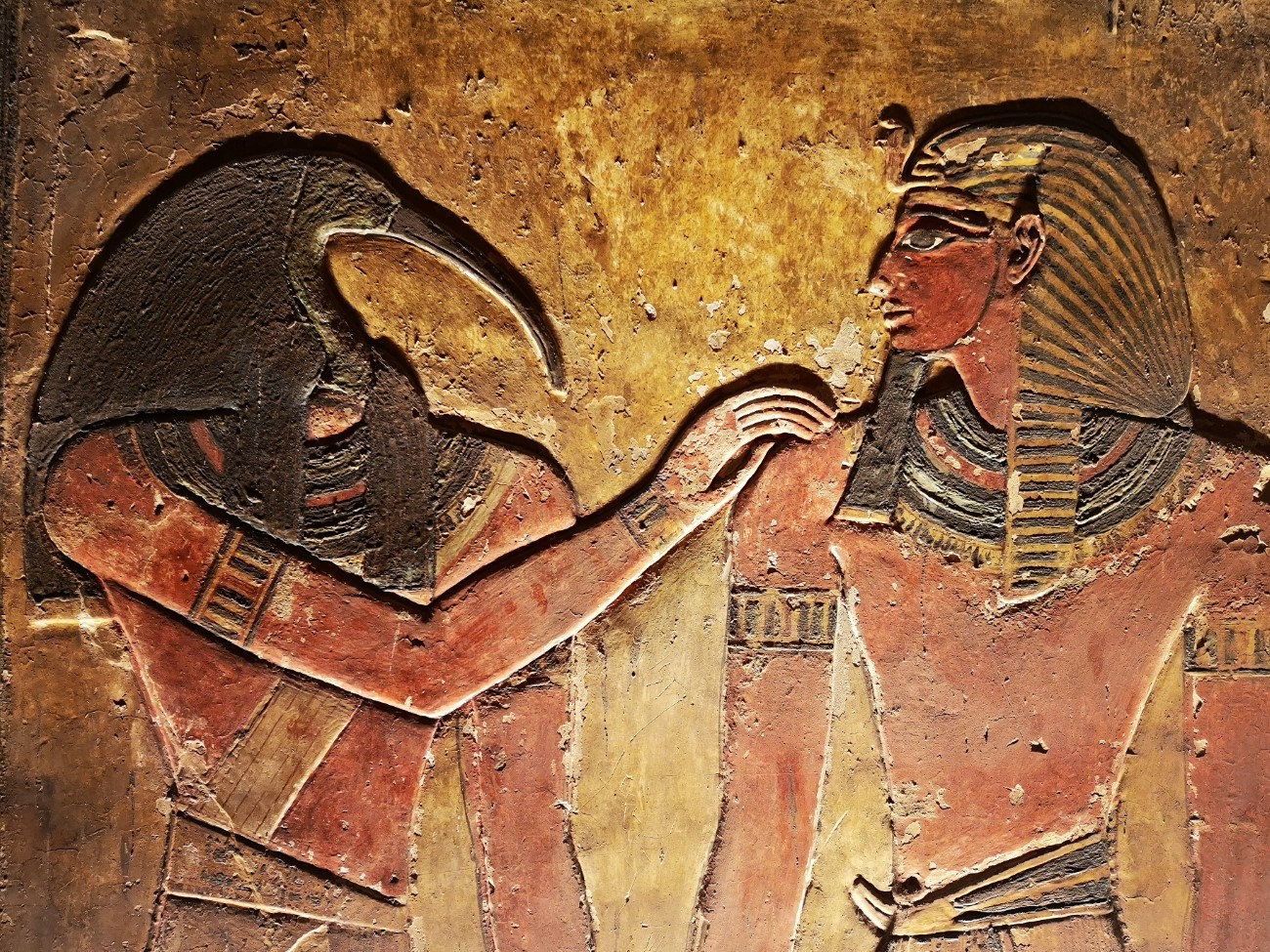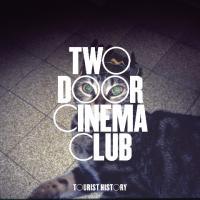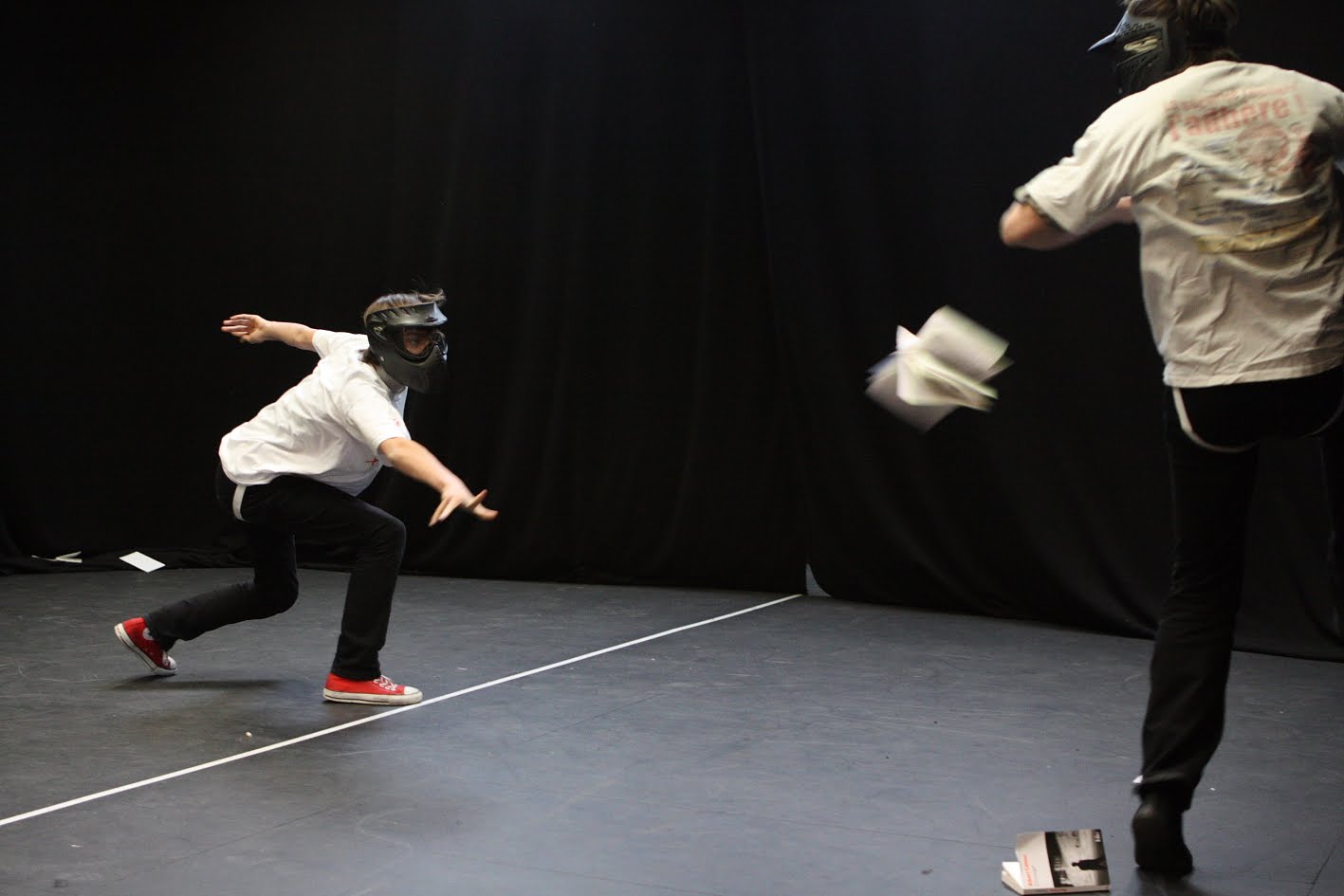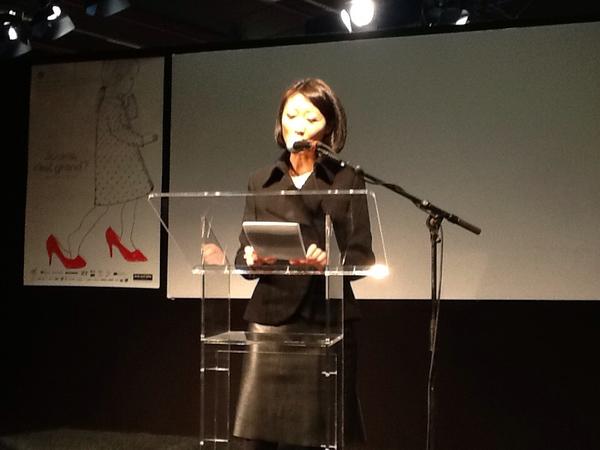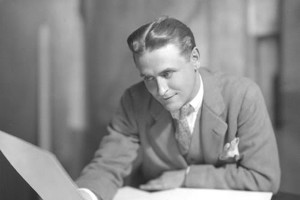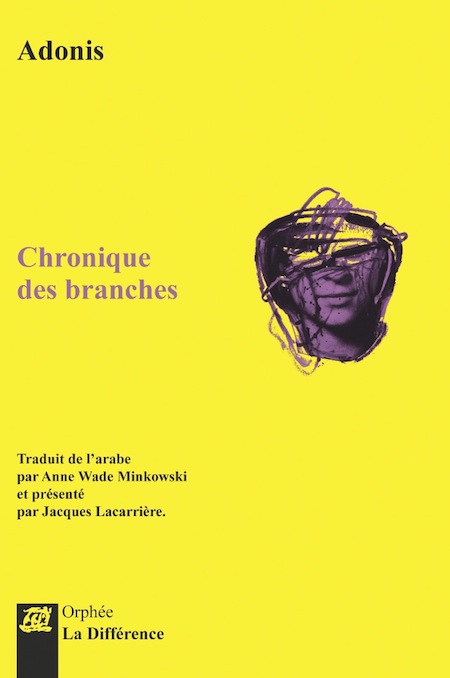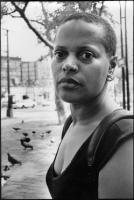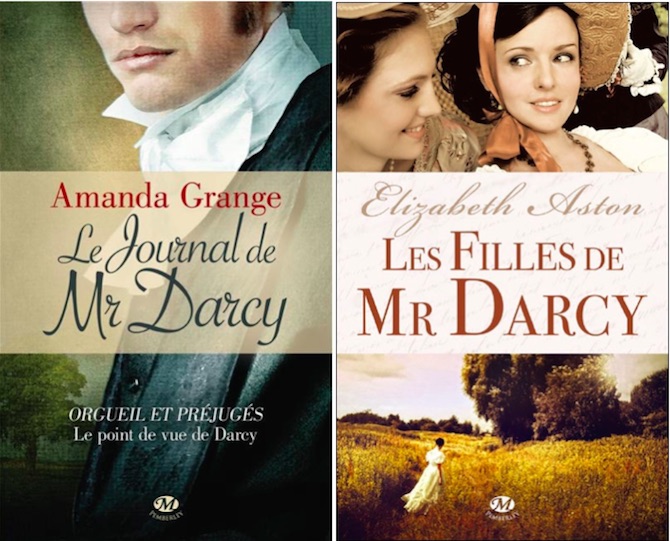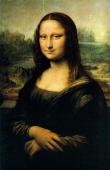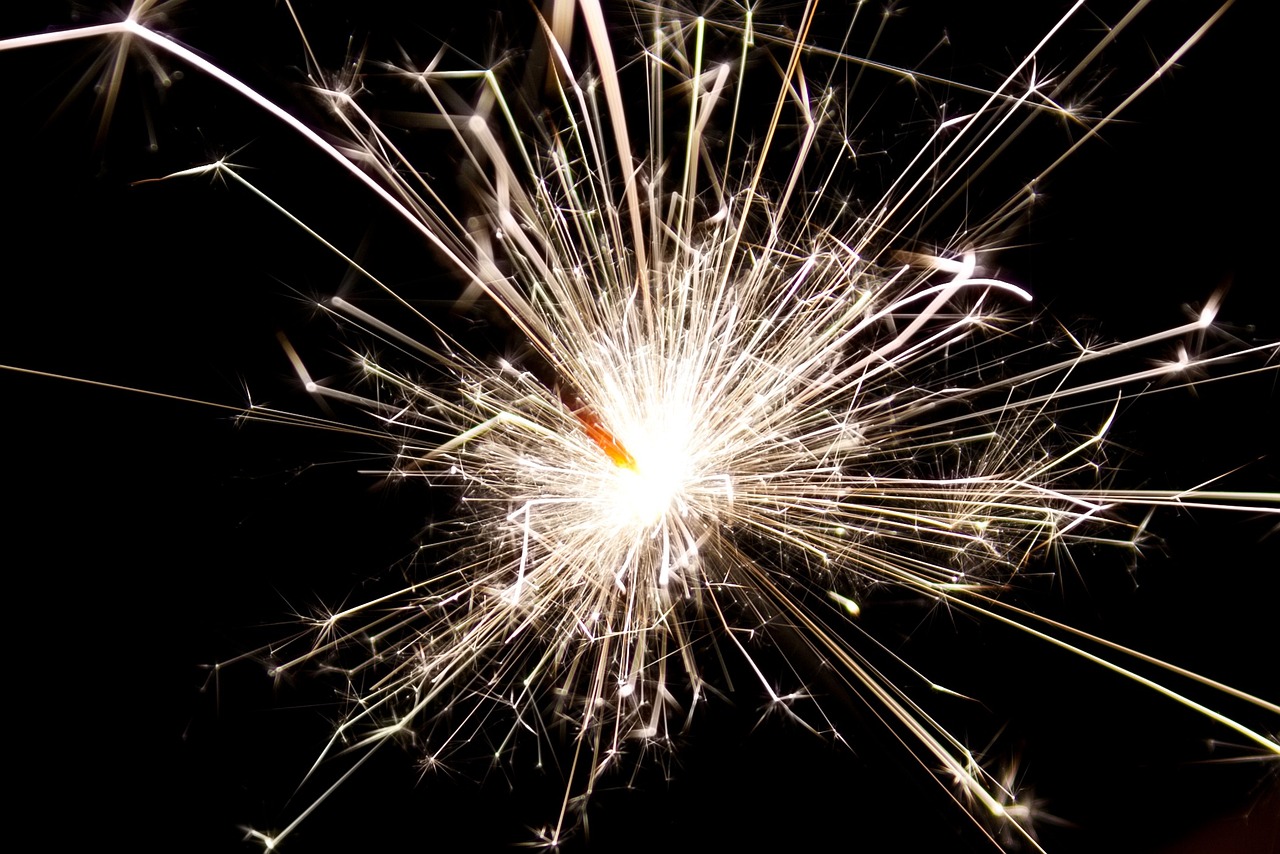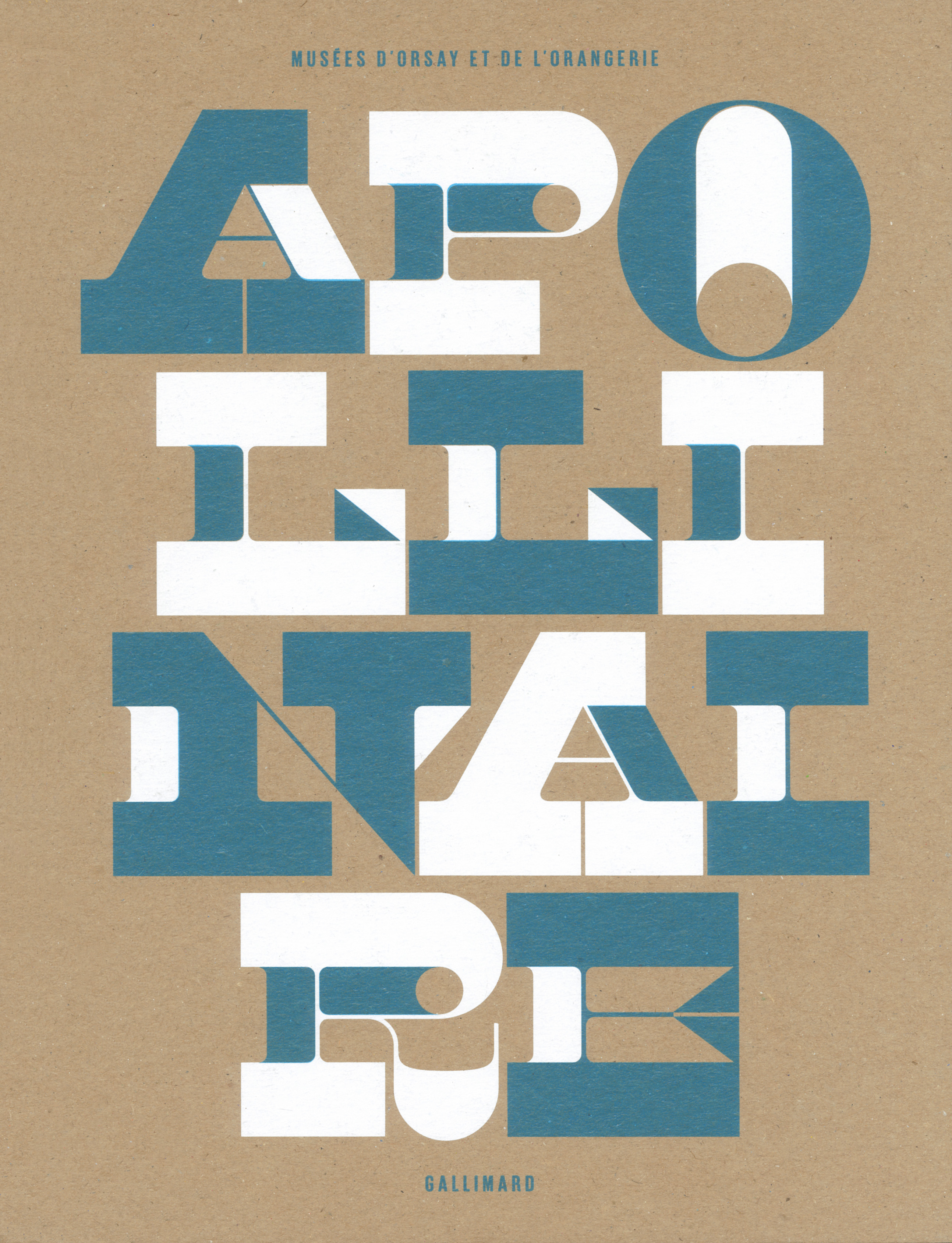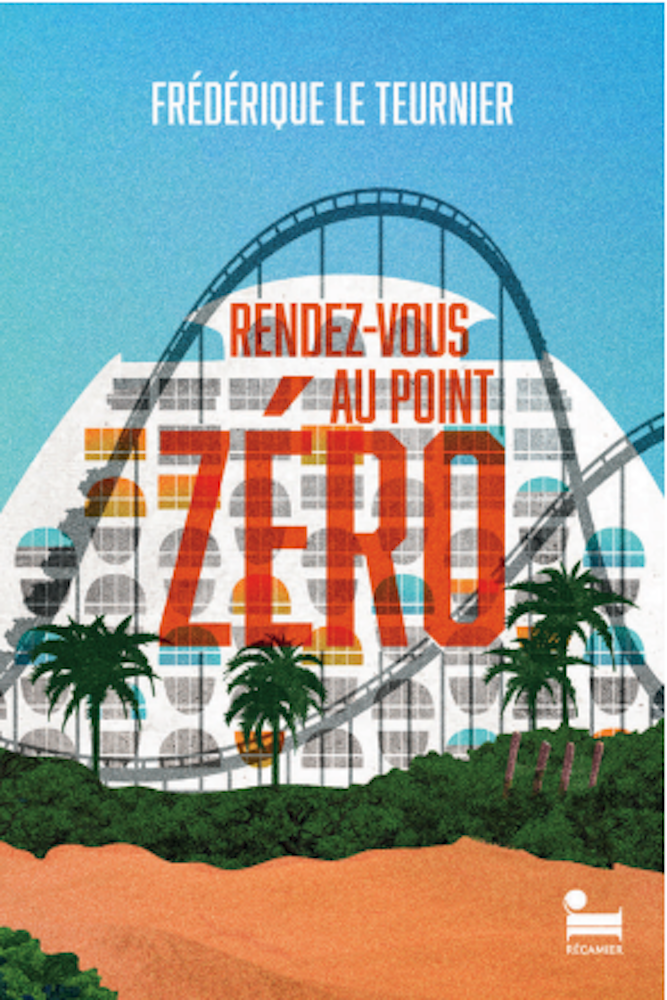A History of Arcadia in Art and Literature: Volume I. Earlier Renaissance
Rédacteurs
Dossiers

Le trône de fer : les livres de la saga A Song of Ice and Fire de George RR Martin
Le trône de fer est une immense saga d’héroïque fantasy qui s’inspire de la série des Rois maudits de Maurice Druon. C’est au début des années 1990 que Georges R.R. Martin commence à écrire Le trône de fer, le premier volume est publié en 1996. En 2007, la chaine de télévision HBO acquiert les droits d’adaptations. L’auteur lui-même participe à sa production et écrit le scénario d’un épisode par saison.
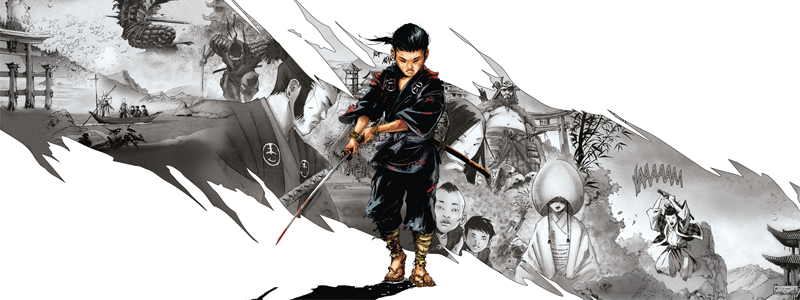
Samurai Origines : l'enfance de l'art
Dans la continuité de la série mère, Samurai, les créateurs Frédéric Genêt et Jean-François Di Gorgio ouvraient un nouveau cycle avec Samurai Origines, en septembre 2017. Un scénario dynamique et saisissant qui nous entraîne dans un voyage initiatique au cœur du Japon médiéval. Mais cette fois, en remontant à l’enfance de Takeo, leur personnage principal.

Du féminisme en littérature
« Quelle erreur pour une femme d’attendre que l’homme construise le monde qu’elle veut, au lieu de le créer elle-même. » Cette phrase d’Anaïs Nin prend toute son ampleur en littérature, où après des siècles où les grands écrivains n’ont parlé qu’à leur semblable du sexe masculin, l’ancien « sexe faible » a aujourd’hui pleinement sa place. Des femmes fortes, sensibles, engagées et/ou artistes, qui font vibrer leurs voix singulières et caractéristiques.
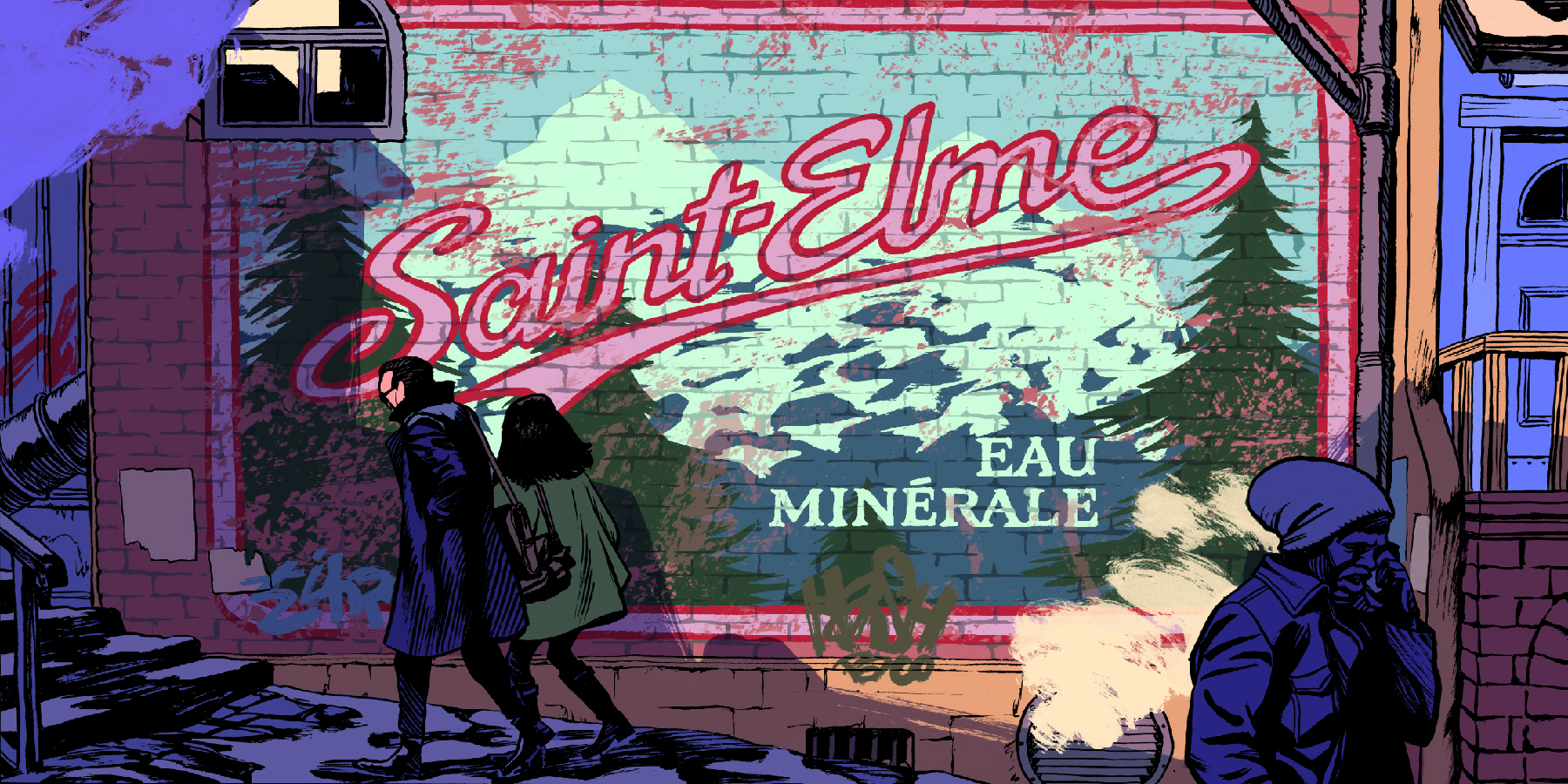
Saint-Elme, la folie d'un Twin Peaks, quelque part en Europe
« Ici, c’est spécial. » Depuis trois ans, Serge Lehman et Frederiks Peeters nous ont plongés dans une série dont les couleurs folles peinent à rester dans tranquillement dans leurs pages. Un polar percutant, aux personnages franchement décalés : avec la sortie du cinquième tome, Les Thermopyles, les comparses mettent le point final à leur saga au milieu des montagnes…

Du stylo à la caméra : 10 ouvrages autour du cinéma
Dans notre civilisation de l’image, le cinéma est roi, et « son encre est la lumière ». À première vue, on mettrait une barrière plus ou moins étanche entre cet art et la littérature. Où sont les grandes descriptions de Stendhal dans ses adaptations cinématographiques ? Où trouver les tableaux inoubliables d’Apocalypse Now chez Flaubert ? Ce serait omettre toutes les fois où les deux arts ont dialogué avec grâce, comme tous ces Hommes de l’écrit qui ont parlé avec force du 7e art.
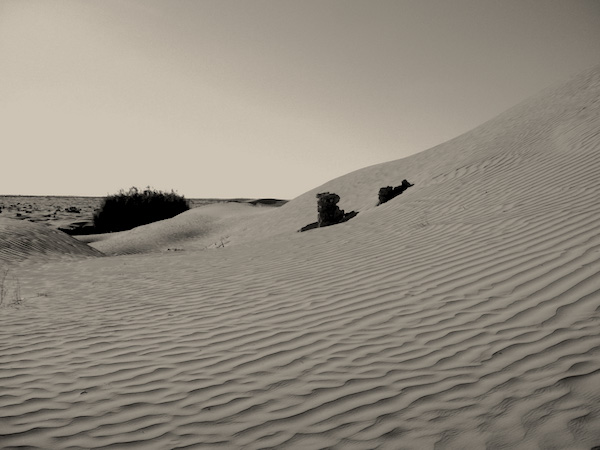
Les Ensablés : Survivre en littérature
"Les Ensablés, survivre en littérature" est un blog créé en 2010 et depuis intégré pleinement chez Actualitté.com. Chaque semaine, des écrivains ou des amateurs de littérature présentent le roman d'un écrivain français dit "ensablé", autrement "oublié" ou carrément disparu.
Extraits
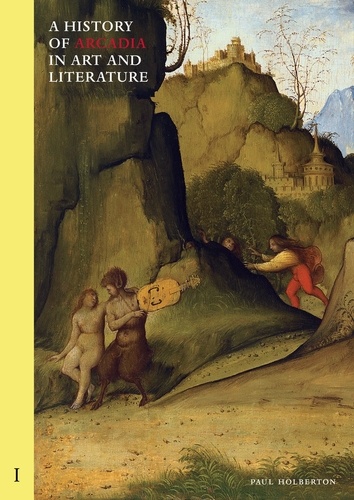
Histoire de l'art
A History of Arcadia in Art and Literature: Volume I. Earlier Renaissance
01/2022
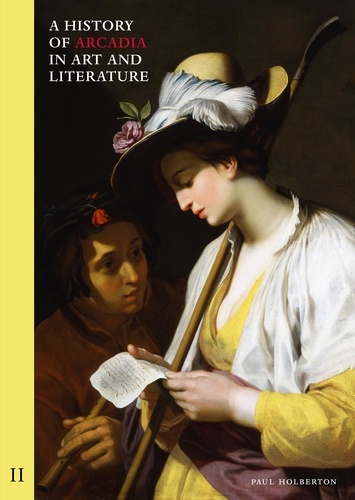
Histoire de l'art
A History of Arcadia in Art and Literature: Volume II. Later Renaissance, Baroque and Neoclassicism
01/2022
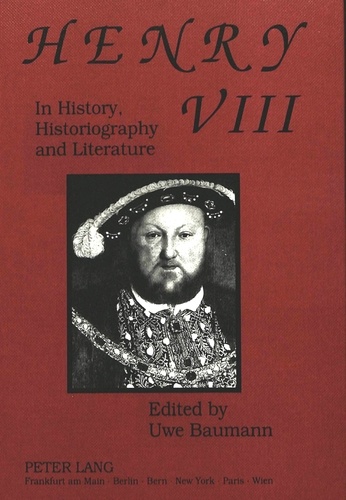
Non classé
Henry VIII in History, Historiography and Literature
01/1993

Thrillers
Les frontières d'Arcadie. Et in Arcadia ego
10/2021
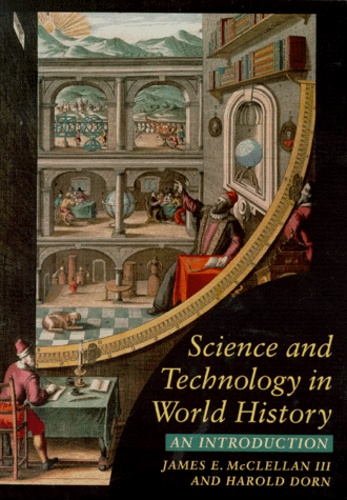
Histoire et Philosophiesophie
SCIENCE AND TECHNOLOGY IN WORLD HISTORY. An introduction
01/1999
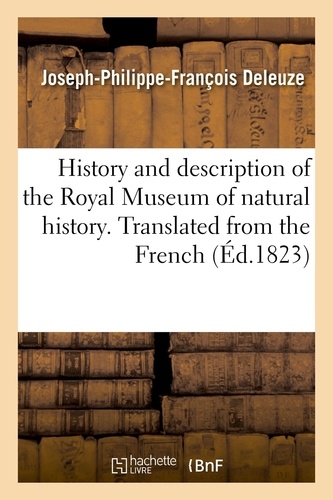
Sciences de la vie
History and description of the Royal Museum of natural history. Translated from the French
03/2021

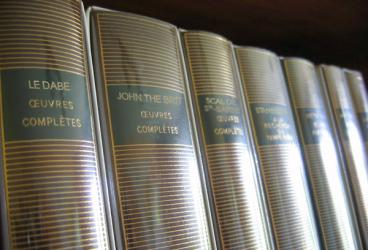
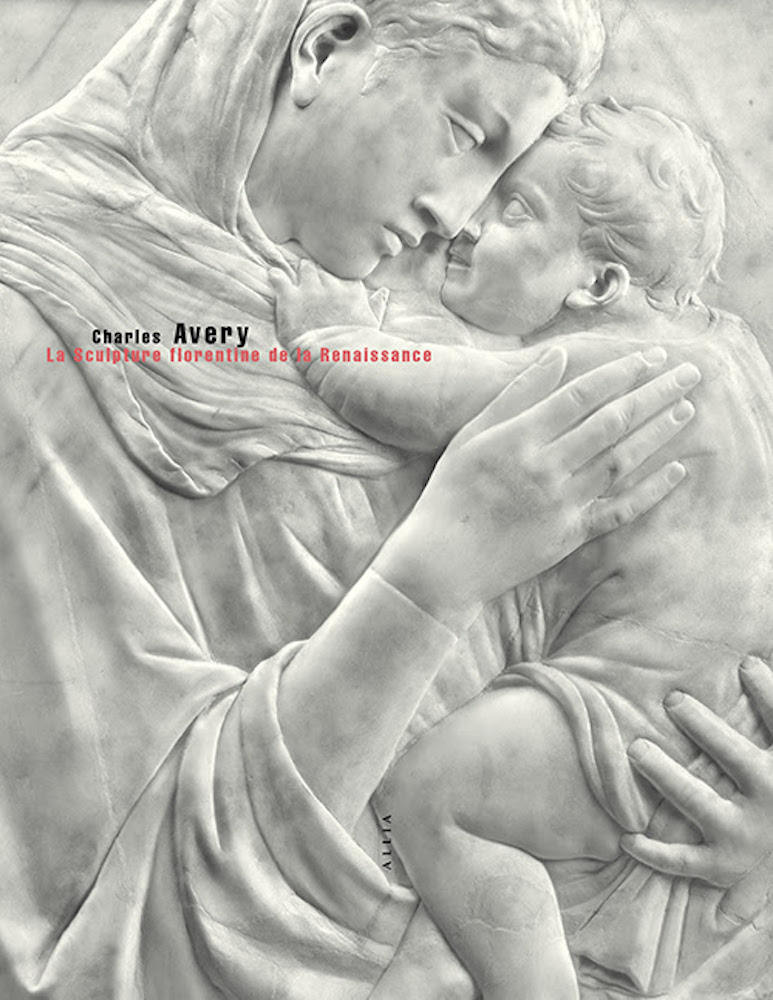
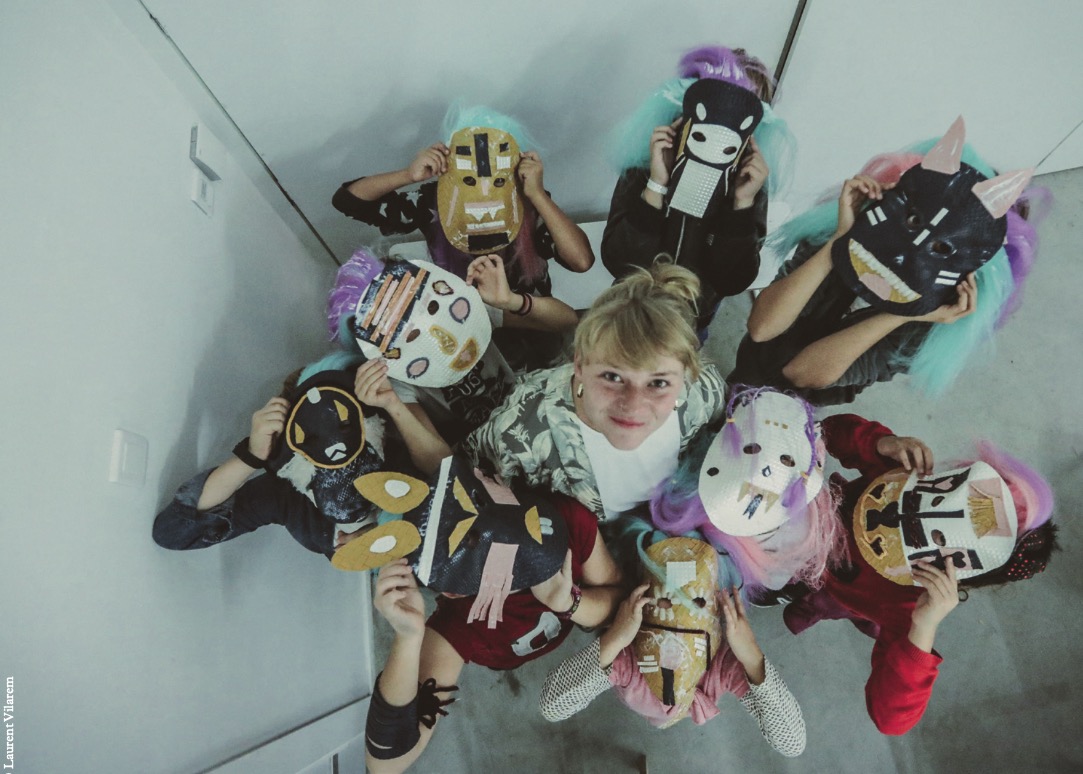

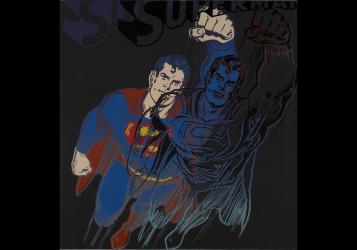
-804cf508-08e2-4456-83f4-63befc484ffc.jpg)
